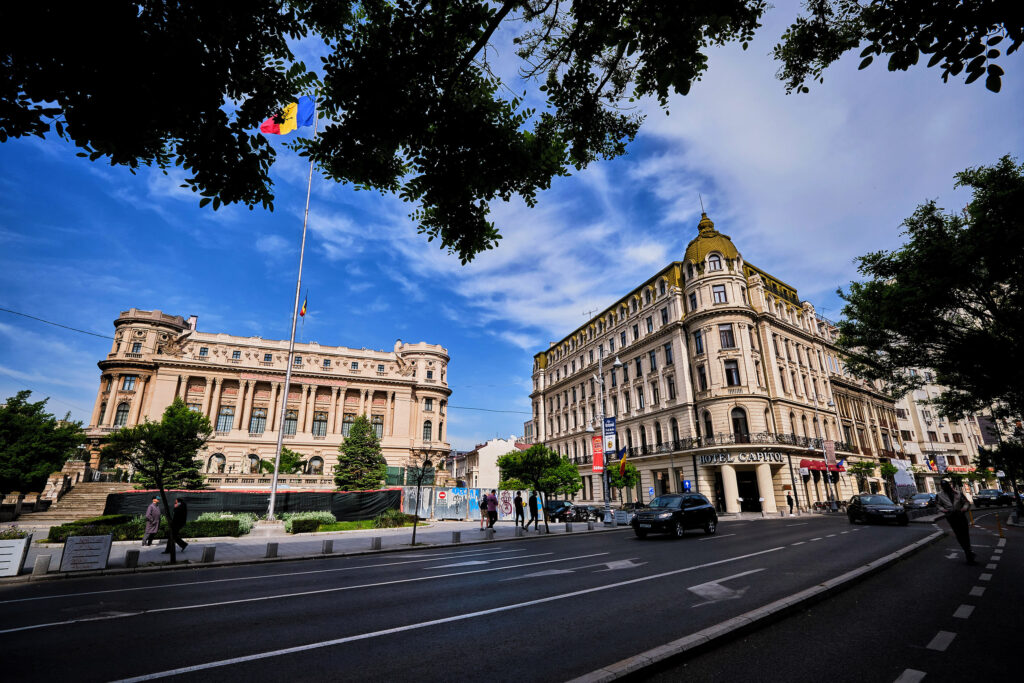Tucked away in the mountains of central Romania, we can find a city that captures the essence of a perfect mix between sublime nature and enduring historical heritage. The city of Brasov can be considered the tourist capital of Romania, connecting the medieval jewels of Transylvania with the south of the country and the capital of Bucharest, as well as being a great starting point for unforgettable mountain adventures!

With ancient roots dating back to the 13th century, founded by Saxon colonists and Teutonic Knights around the Romanian and Hungarian settlements already present, Brașov has developed into one of the most powerful fortresses of Transylvania. It is surrounded by wooded ridges and hills, making for one of the most fascinating urban destinations in the country, with a wealth of superb historical landmarks. Between old medieval towers and bastions, over the elegant streets with astonishing architecture, the tall silhouette of the imposing Black Church is just a stone’s throw away from the charming main square.


Yet the most breathtaking view of the city can be experienced from above, after a short hike up the Tâmpa Hill that offers some breathtaking panoramas. Our journey through the city of Brasov reveals the tale of two different centers, the majestic Saxon walled town with distinct Western influence and the nearby old Romanian center, locally known as the Șchei of Brașov quarter, with its own atmosphere and landmarks. The commercial and cultural past of the city can be seen and felt everywhere in Brașov, as it has always been a major commercial crossroad and a melting point of civilizations.

Although this area has been inhabited for ages, the first mentions about the Fortress of Brașov date back to the 13th century, with three settlements occupied by Romanians, Saxons and Hungarians. The beginnings of the fortress are also tied to the Teutonic Knights that were sent by the king of Hungary to protect the border area. Over the following centuries, it developed into one of the main commercial and cultural centers of Transylvania, with 43 guilds attested in 1798.
Among the most important historical events, the construction of the Saint Mary Church (Black Church of today) that took about 100 years and the strong fortifications built during the reign of John Hunyadi (Iancu de Hunedoara) have changed the landscape of Brașov. The fortress used to have 7 or 8 bastions, 32 defense towers, 4 or 5 fortified gates and two or three massive sets of walls. On the 21st of April 1689, a great fire engulfed the whole town and destroyed many of the old buildings, its reconstruction taking more than a century.
Search for Flights to Brasov on Booking.com!

The best place to start our journey through the city of Brasov is from the heart of the old fortress, in the splendid Council Square. Way back during the Middle Ages, the square was the meeting point for merchants and craftsmen from all of Transylvania and beyond. Over the centuries, it was surrounded by imposing buildings, some of them still bearing their medieval architecture to this day. About thirty buildings of the Council Square have been declared historical monuments, the most important and interesting including the Dormition of Virgin Mary Church, the Merchants House, Mureșenilor House, the Urban Civilization Museum and others.
Nevertheless, the most impressive landmark can be found in the middle of the square. Known as the Council House, it is actually the old town hall, initially built as an observation tower. It dates back about six centuries and was modified many times throughout its history. The Council House received its Baroque style after the great fire of 1689 and today includes part of the Brașov History Museum, with interesting exhibits about the past of the city.
HISTORY MUSEUM | OPEN: Tuesday-Sunday – 9.00 – 17.00 (18.00) | TICKETS: 12 lei/Adult (2.5 Euros)

In the vicinity of the market, we cannot miss the majestic silhouette of the imposing Black Church, one of the symbols and highlights in the city of Brasov. It is considered the most important Gothic monument in Romania and the largest Gothic church in southeastern Europe. The church was built by the Saxon community over the course of almost a century, starting from 1383. It stands over an even older Romanesque church and was dedicated to the Virgin Mary.
OPEN: 10.00 – 19.00 (summer) / 10.00 – 18.00 (Winter)
Sunday & Monday opens at 12.00
TICKETS: 25 lei / Adult (5 Euros)
Its descriptive name comes from the blackened walls, a result of the great fire that ravaged the city in 1689. Among its most impressive features, the church is quite massive and has a beautiful baroque interior with a large 200 years old organ, a neo-Gothic altar, a priceless oriental carpet collection, a religious textile thesaurus and a 14th century fresco of the Virgin Mary.



The Black Church of Brașov houses the second largest collection of Oriental carpets in Europe, surpassed only by the Topkapi Museum of Istanbul. There are about 110 superb colorful carpets that mainly date from the 15th and 16th centuries!

We can still find the original medieval fortifications that used to surround the old fortress of Brașov in some places, many of them renovated and integrated into the contemporary urban experience. Most of the massive walls are on the southern side, while there are also two of the old entrance gates and several defensive towers. The Ecaterina and Șchei gates are located on the southwestern side of the old town, while the old town is surrounded by a few of the fortified bastions that gave Brașov its medieval surname – Fortress of the Seven Bastions.
We can admire these impressive historical monuments by following a circuit around the old fortress, starting from the southwest along the base of the Tâmpa Hill. The first landmark is the Weavers’ Bastion, still preserving its original and unique architecture. A beautiful promenade area with alleys and playgrounds has been created between the walls and the wooded will, so the walk is enchanting at any time of the day. The strong walls are dotted with several towers, as well as the more imposing Ropers’ Bastion about midway through and the Drapers’ Bastion in the northeastern corner. Continuing towards the northeast, the modern city has covered the traces of the medieval fortifications, but we can still follow them along the new Eroilor Boulevard.


Upon reaching the George Barițiu Library, our itinerary turns south along the quaint După Ziduri Street (Behind the Walls St.) that follows the old fortifications. There are still parts of the walls and a charming creek that rushes along and runs beneath the Graft Bastion (Gate Bastion). It used to connect the fortress and the White Tower, located further uphill. By following the footpaths along the small hill, we can also reach the nearby Black Tower and both of these offer excellent panoramas of the city below. In the northwestern corner of the fortress, there is still the Blacksmiths’ Bastion dating from the 16th century. The circuit closes towards the south, passing along the Ecaterina Gate with its gorgeous architecture and the adjoining Șchei Gate that used to make the connection towards the old Șchei Quarter.

Inside the walls of the Brașov Fortress, the authentic Saxon architecture still inspires a medieval atmosphere, with an incredible wealth of historical monuments to discover. Although few buildings have endured after the fire of 1689, there are plenty of old landmarks around the streets of the old town, most houses having a provincial Baroque style, resembling towns in Germany and Austria.
With a width between 111 and 135 centimeters, Rope Street is one of the most fascinating experiences in Brașov, built during the 17th century to ease the work of firemen!

Some of the most interesting attractions that we can admire inside the old fortress include the Sforii Street (Rope Street), one of the narrowest in all of Europe, the Jekelius House that dates back to the 16th century, the Franciscan Monastery and Church, the St. Peter and Paul Church with its impressive Baroque architecture, the two synagogues and several insightful museums. Besides the County History Museum that is housed inside the Council House and several other locations, we can also visit the Art Museum, the Ethnography Museum or the Urban Civilization Museum.

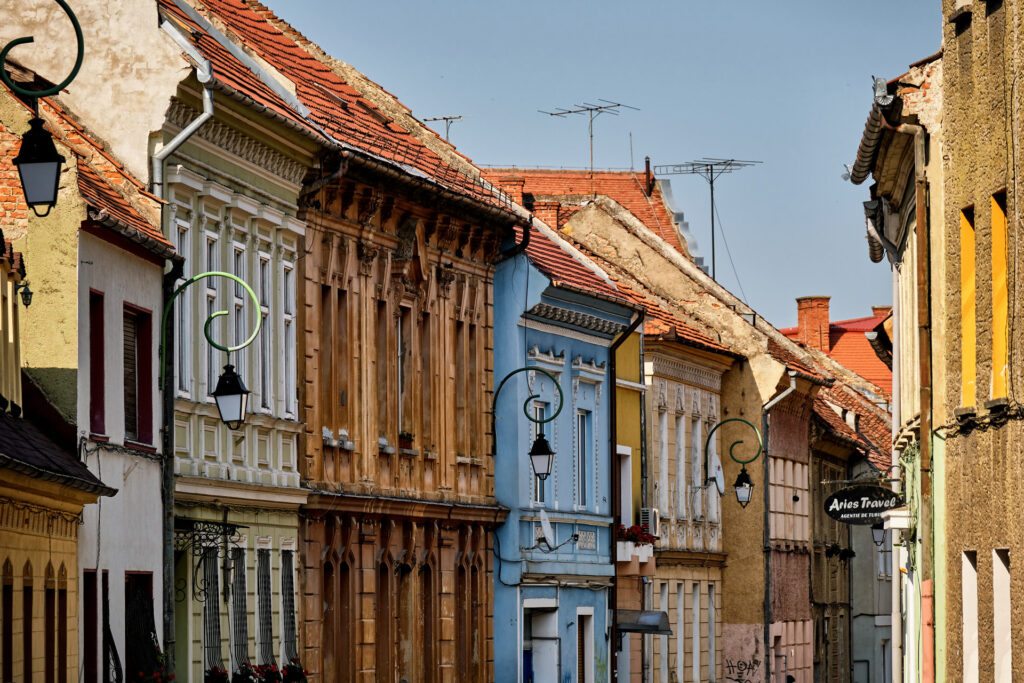
With the development of the city, it extended over the medieval fortifications, a few marvelous monuments being built during the last centuries, especially to the northeast and southwest of the fortress. Among those that are worth admiring, we can check out the Justice Palace (today the County Council and Prefecture), the Financial Administration (today the City Hall of Brașov), the Postal Palace, the Chamber of Commerce and Industry (today the George Barițiu Library), the Johannes Honterus High School, the Andrei Șaguna College and many others. A little north of the old town and sitting on a hill above the Nicolae Titulescu Park, there is also the impressive fortification known as Citadel Fortress, built during the 17th century over an older one. The citadel includes an interior complex of buildings that resembles a castle, surrounded by exterior walls with strong bastions on each of its four corners.

On the southwestern side of the Brașov fortress, we can discover the old Romanian quarter known as Șcheii Brașovului. This area has its own unique charm and a rather rural atmosphere, with smaller houses spread over narrow streets, surrounded by densely wooded hills. There has always been a Romanian settlement here, even before the arrival of the Saxons and the construction of the medieval fortifications. We can find the most important landmarks around the charming Unirii Square, like the impressive Saint Nicholas Church, one of the most important orthodox churches in the region.
Surrounded by a fortified courtyard, the church was built starting with 1495 over an older one dating back to 1292, with help from the ruler of Wallachia. Inside the same complex, there is also the First Romanian School, today housing a small museum. The first classes in Romanian took place in 1583, while the building itself dates back to 1760. The Șchei of Brașov quarter is also famous for a unique tradition known as Junii Brașovului, where there are several groups of horse riders in traditional costumes that parade the streets during the first Sunday after Easter.

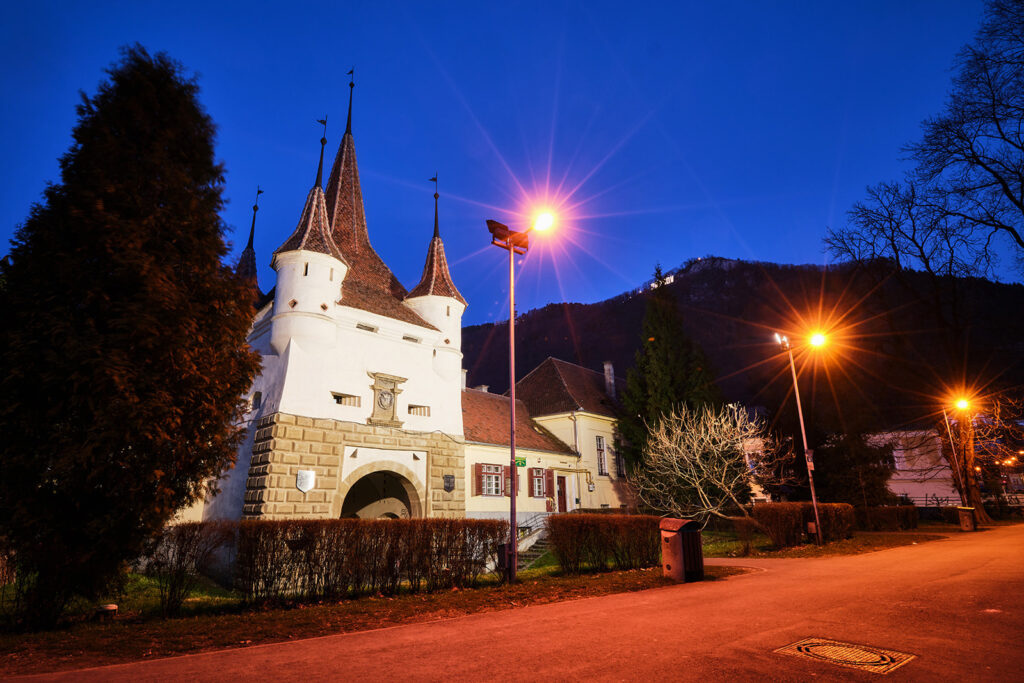
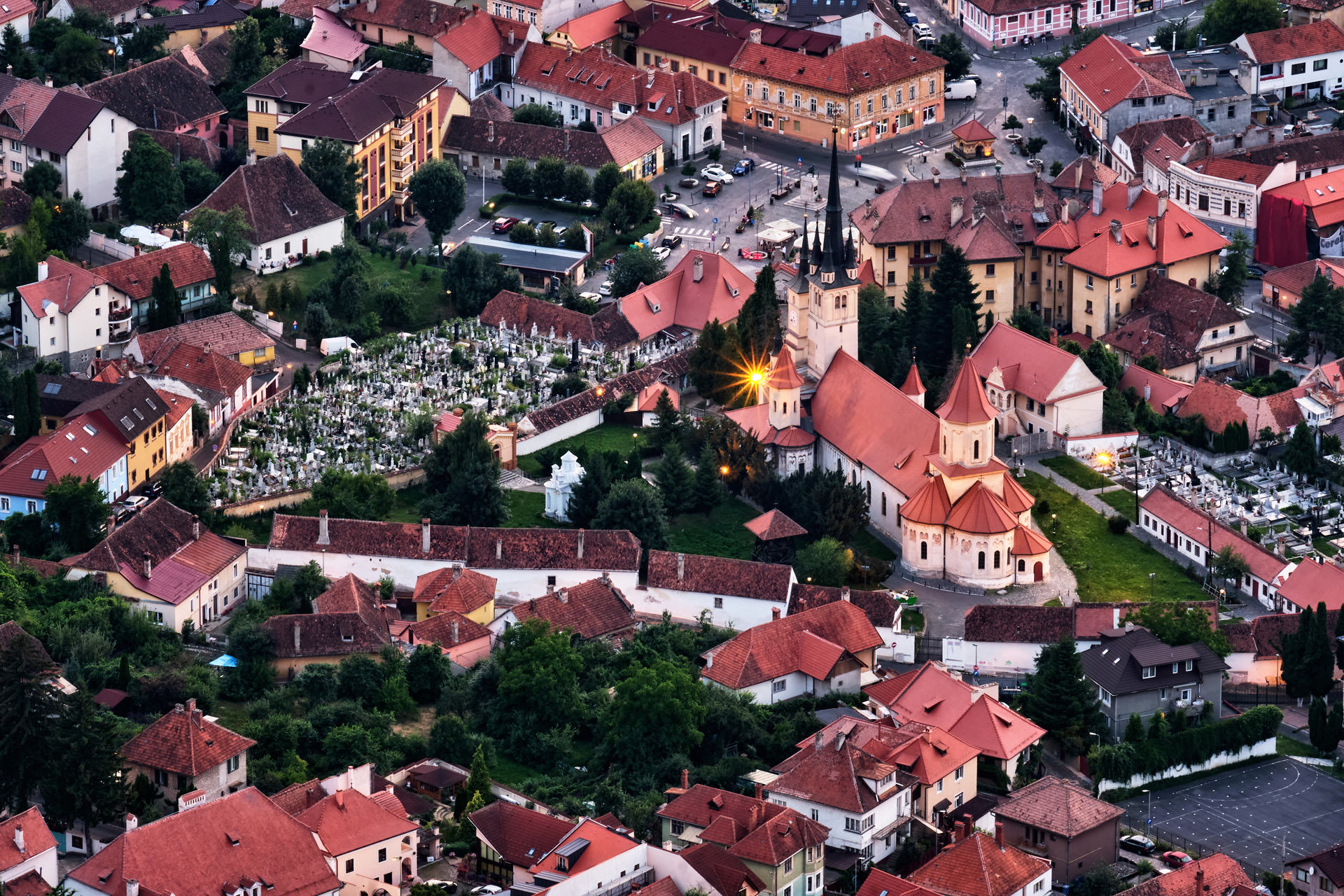
No trip to Brașov would be complete without admiring the stunning panorama of the city from the Tâmpa Hill. Almost surrounded by the city, the hill was once occupied by a fortress known as Brassovia, although few of its vestiges can still be seen today. Today, the area is protected for its natural environment and can be explored along a trail that starts from the old town. There is also a cable car that can take us to the top, with a short walk towards the most impressive belvedere points, located around the large Brașov sign.
Located about 12 km from the city on the Postăvaru Mountain, the resort of Poiana Brașov is one of the most famous and popular in Romania. It is an excellent destination during the summer but especially during the wintertime, with plenty of accommodation spaces and restaurants, as well as several amazing ski slopes, hiking trails and other activities.



Accommodation Options in the city of Brasov
NIKOLAS HAUS 4*
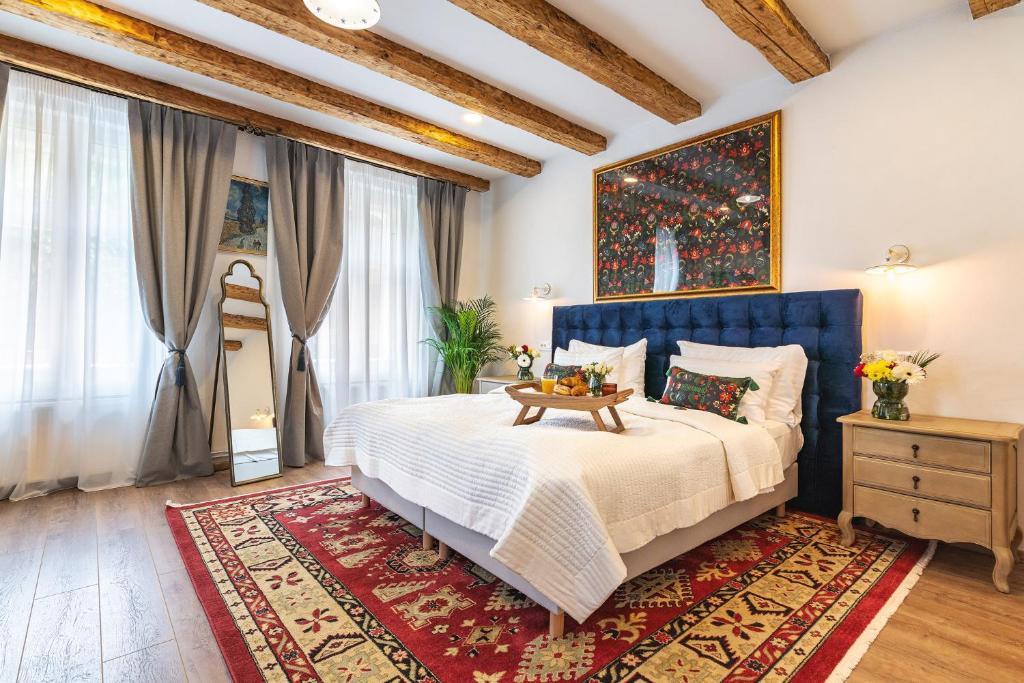
9.7 Rating from 298 Reviews!
This exceptional apart-hotel is located in the quiet Schei Quarter of Brasov, just 10 minutes from the medieval center. It offers top accommodation in excellent units that have amazing design and are perfectly equipped!
CHITIC House 3*
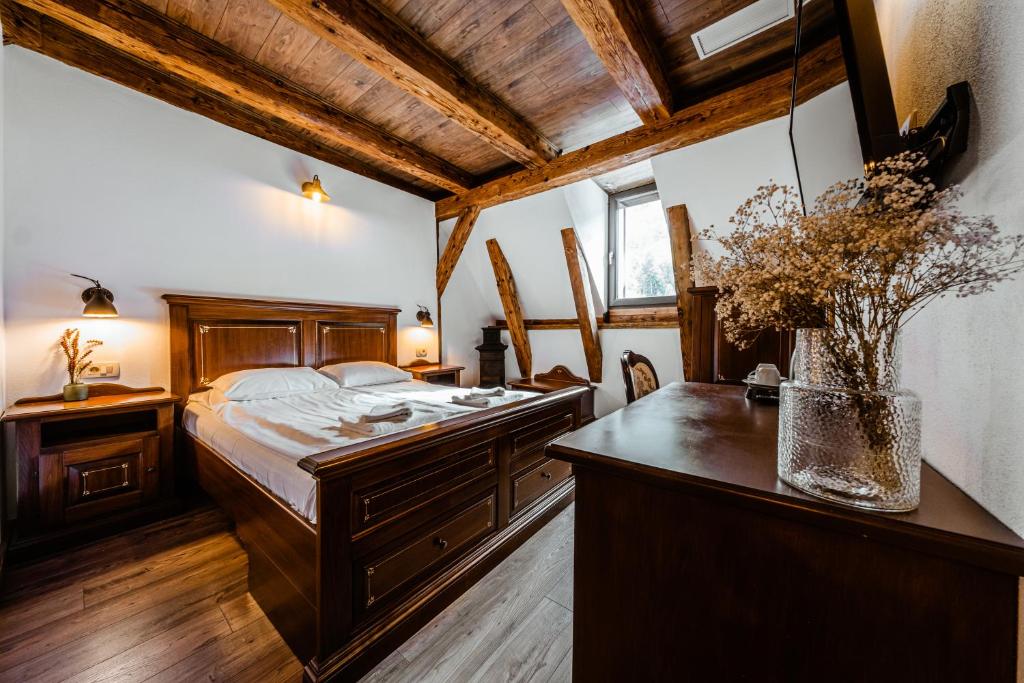
9.3 Rating from 2.373 Reviews!
Located in a historical building just a few steps from the Council Square, this exquisite hotel and restaurant offers excellent rooms with all the necessary amenities, continental breakfast and friendly staff!
Schuster House 3*
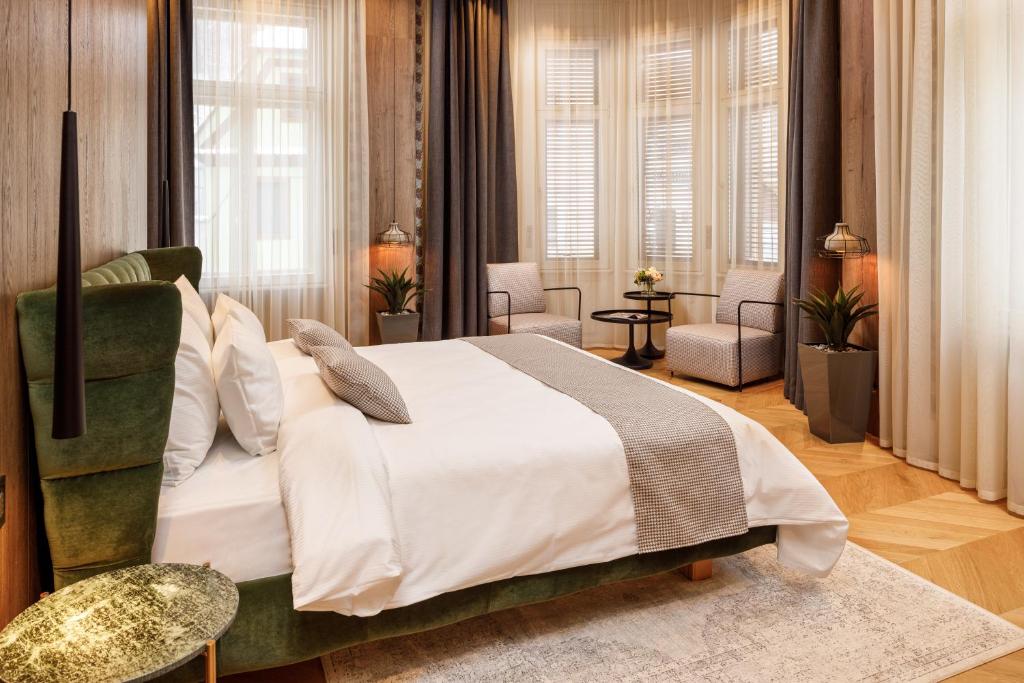
9.7 Rating from 873 Reviews!
This excellent boarding house is located inside the old town of Brașov, just 100 meters from Rope Street. It features exquisite design and cozy rooms. Guests can also enjoy the terrace and delicious daily breakfast!

BEST Restaurants in Brasov
- Sergiana Restaurant – Mureșenilor St. No. 28 – One of the most sought after and appraised restaurants in the city, it offers traditional Romanian cuisine and local wines in a delightful atmosphere!
- Hirscher House Restaurant – Council Square 12-14 – Located right in the heart of the old town, this exquisite restaurant offers delicious Italian, Mediterranean, Romanian and other delicacies in an elegant setting!
- La Ceaun Restaurant – Council Square 11-12 – Located in the main square of Brașov, this traditional restaurant offers excellent local recipes at affordable prices, as well as a nice ambiance and friendly staff!
- Ograda Restaurant – Council Square 14 – One of the top-rated restaurants in the city and located in right in the main square, it features delicious Romanian and Eastern European cuisine!
- Cucinino Pasta & Pizza – Diaconu Coresi St. No. 6 – Located just a few minutes from the main square, this amazing restaurant offers authentic Italian and Mediterranean recipes, including delicious pizza, pasta and seafood!
- Keller Steak House – Apollonia Hirscher St. No 2 – Featuring excellent steak recipes and other delicious recipes, this restaurant is located in the heart of Brașov!
- Home Cocktail Bar – Sfantul Ioan St. No. 26 – Featuring a charming and peaceful atmosphere, this little bar is located just minutes from the main square and offers amazing cocktails, lemonade and coffee!
